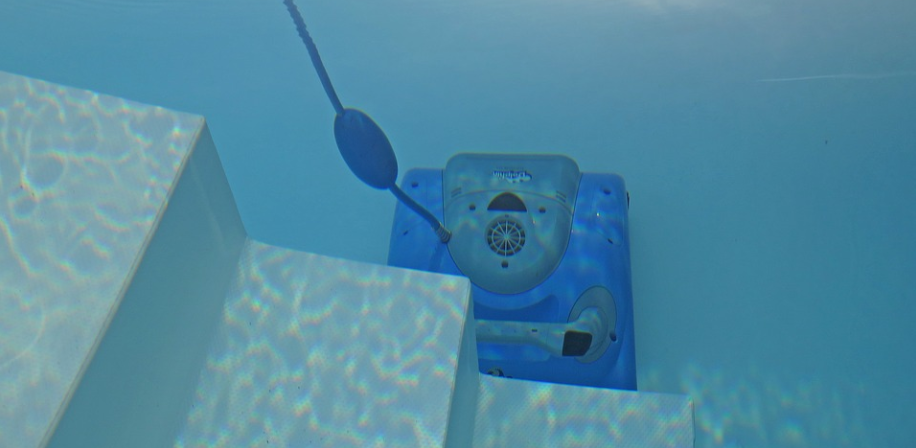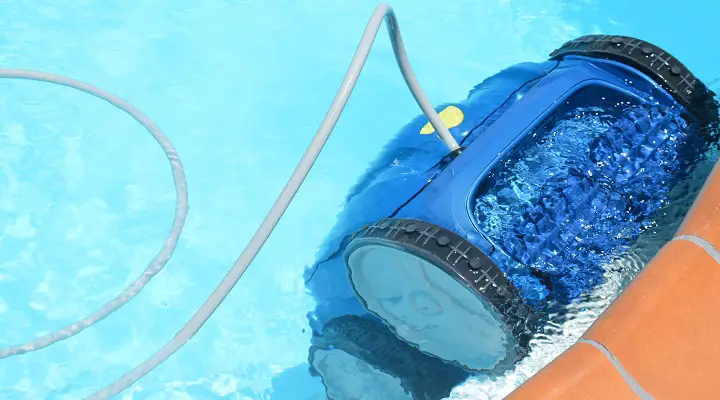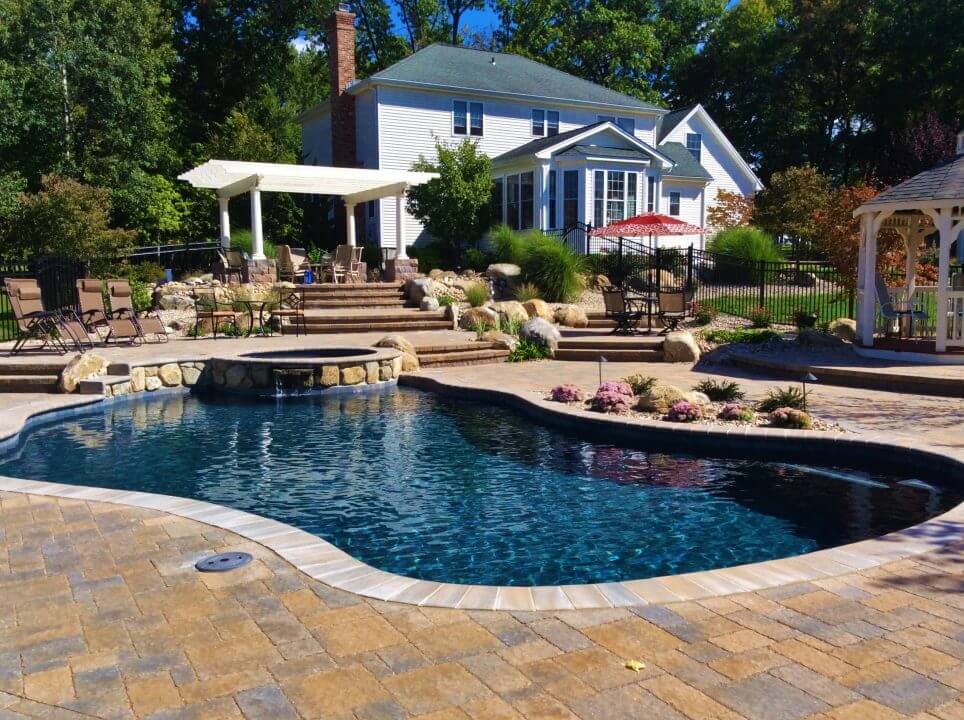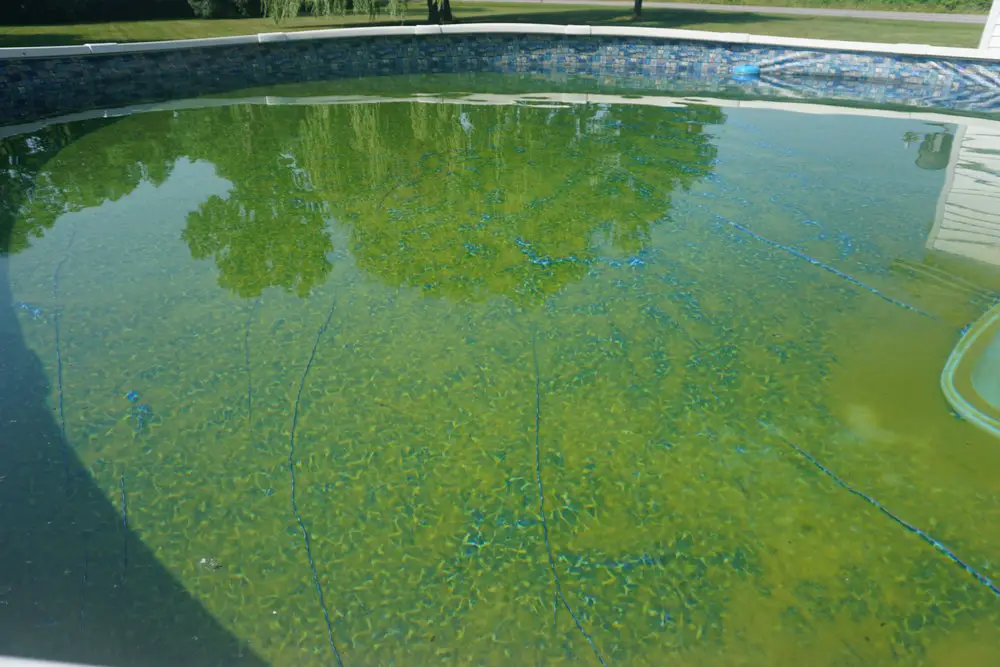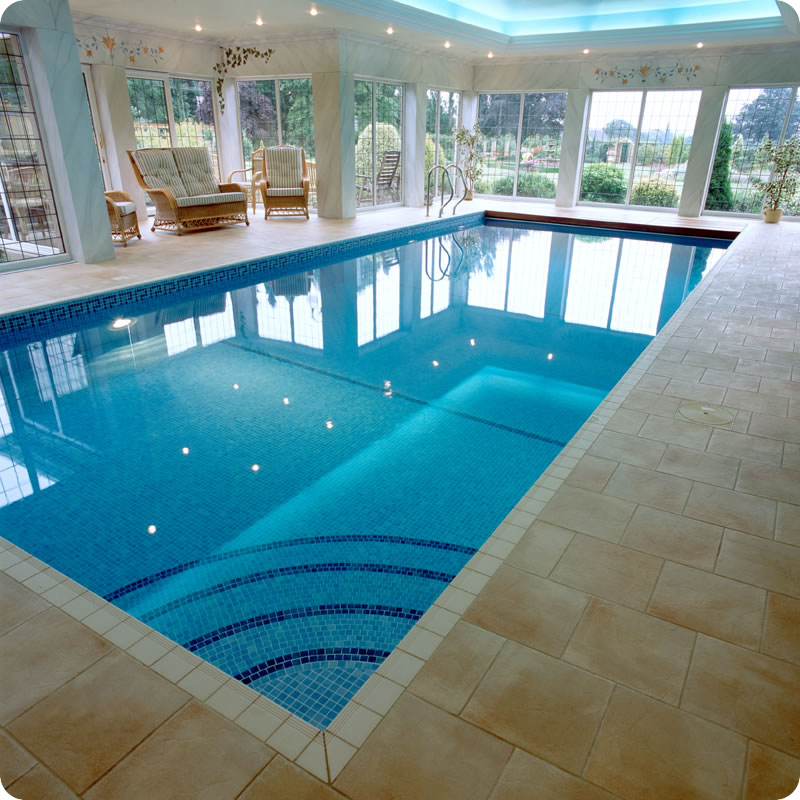A swimming pool is nice to have in your backyard that gives a fresh escape in the hot summer and excellent fitness exercise. Unfortunately, many pool owners lack information about modern maintenance tools that significantly simplify it and reduce spending time. All pools require multi-stage maintenance, including mechanical and chemical cleaning of the water and walls that should be performed in the correct order.
Pool’s filter system and chemicals were invented to keep the water nice and clean, but the walls and stairs also need to be cleaned, and the leaves and garbage should be taken out. Depending on the owner of the expenses wanted to spend, the solution could be fully automatic or manual. Reasonable solutions are pool cleaners that can include all critical stages to achieve proper hygienic water quality.
Types of pool cleaners
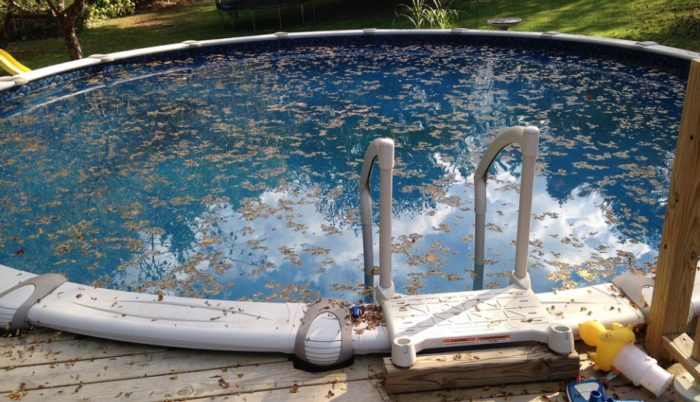
There are several types of cleaners available: manual, automatic, and robotic. Let’s see the main differences.
Manual cleaner consists of a vacuum brush with a telescopic hand connected to a skimmer. The skimmer is a plastic tank with a trap that collects contaminated water from the pool’s surface and vacuum brush. In addition, the tank is equipped with a filter to keep the large garbage; after such a simple filtration stage, the water goes through the heating element and returns to the pool. However, such a manual cleaner requires a lot of manual work, and its efficiency is quite questionable. So, that is why there are better solutions on the market: automatic and robotic cleaners.
Automatic cleaner is an upgraded version of a manual one as the brush moves independently without any guidance. Suppose your pool is located under the tree or near the bush; additional features include a leaf canister for the vacuum brush. There are two types of automatic cleaners: suction-side cleaners and pressure-side cleaners. Suction cleaners are less expensive and require connection to a skimmer, which allows to “suck” medium-sized particles of dirt or sand. Some suction cleaners can even climb and clean the pool’s walls.
The suction cleaner’s efficiency is determined by filter capacity. Pressure-side cleaners use pressure to clean the swimming pool and have separate bags up to large size garbage collection that reduces the load on the skimmer tank. A separate pump for such a cleaner might be required that helps to prolong the filter life cycle; without this pump, the efficiency also will be limited to standard filter capacity. Additionally, this pump provides additional water circulation to replace the filtration system partly. Pressure-side cleaners are more popular than suction-side because of their capability to catch large debris.
Robotic Pool Cleaners are the next level of automatic cleaners. Nowadays, this solution is quite affordable and helpful for middle-sized swimming pools. Plus, independent work also saves energy, water, and chemicals. Robotic cleaners can catch up to small dirt particles and keep them in their filter, which significantly reduces the skimmer load. The water is circulating from the cleaner and reduces the chemicals required for regular pool maintenance. Cleaners have different cleaning cycles and can clean the walls up to the waterline.
What are better automatic or robotic cleaners?
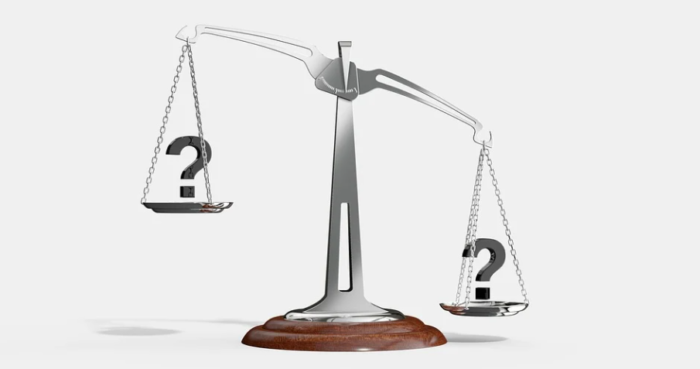
Robotic cleaners have better cleaning characteristics and are more effective for all sizes of garbage than automatic cleaners. Also, as they circulate the pool water by themselves for small swimming pools, you can forget about the other filtration system. The robotic cleaners work separately from other pool systems from a low-voltage transformer connected to the standard electrical socket. The owner can navigate the cleaner with a computer or special apps that significantly reduce cleaning time and corresponding expenses. The most significant minus of robotic cleaners is, of course, the price. The more expensive ones run quieter and do the perfect job.
If money is an essential factor, keep an eye on automatic pool cleaners. They also have impressive characteristics, and the extensive choice allows you to choose the best automatic pool cleaner at an affordable price. Most of the cleaners have friendly settings. Automatic cleaners can clean different surfaces and walls; unfortunately, stairs are unreachable for most of them. Usually, walls are cleaned better than floors. They can change the speed of cleaning, which is also one of the energy efficiency solutions; some have a bypass to prevent internal details damage. Different cleaners are designed for different types of dirt and debris; just choose the problem concerning you the most.
All cleaners should be chosen based on the pool size. Automatic or robotic cleaners require maintenance, at least several minutes per day. Both require cleaning of filters, hoses, and any other bags for collecting the garbage checking of movable parts. The spares are usually slightly more expensive for robotic cleaners than automatic ones; that is also the point for consideration for automatic cleaners. But the installation of an automatic cleaner is more complicated as it requires a connection to the vacuum line and filtration system with hoses and some manual adjustment of connections. For pressure-side cleaners, the booster pump installation requires a qualified technician. A robotic cleaner is simply put in the water, and it should be connected to the power.
So, it is challenging to say which cleaner – automatic or robotic – is the best. This article’s central message explains what efforts should be made to maintain the cleaner and where expenses are more significant. The solution should be based on your budget, already available equipment (filter system, booster pump), pool size, and the time you want to spend taking care of your swimming pool. A robotic cleaner is much more expensive but easier in everyday work, and automatic cleaners are cheaper but require more attention.
Conclusion
No matter what pool you have – above-ground, small, outdoor, or any other – all require constant cleaning. Robotic, manual, or automatic cleaners are the best support in this process. The most affordable considering the price and quality is pressure side pool cleaner, which can clean small and large garbage and keep walls and floors clean. For sure, with a higher budget, look closely at the robotic cleaners.
